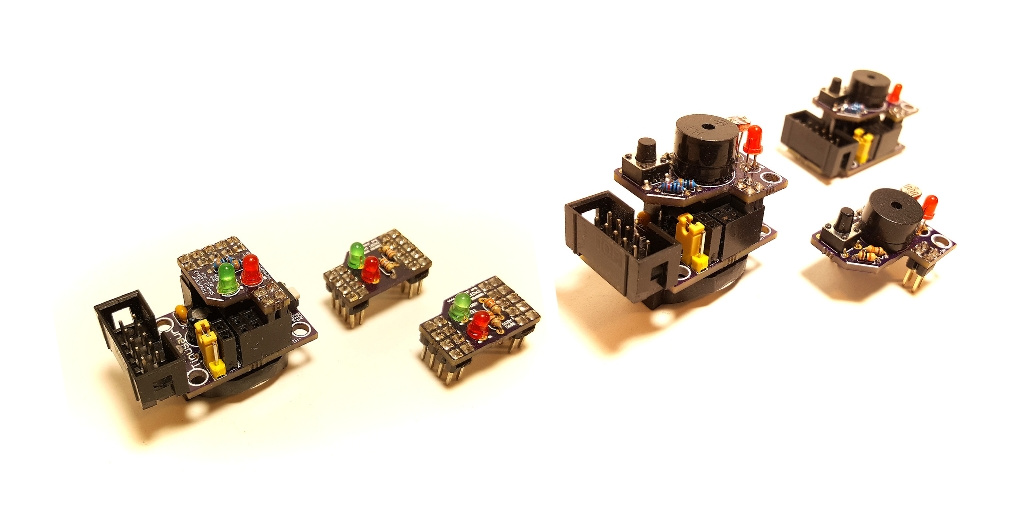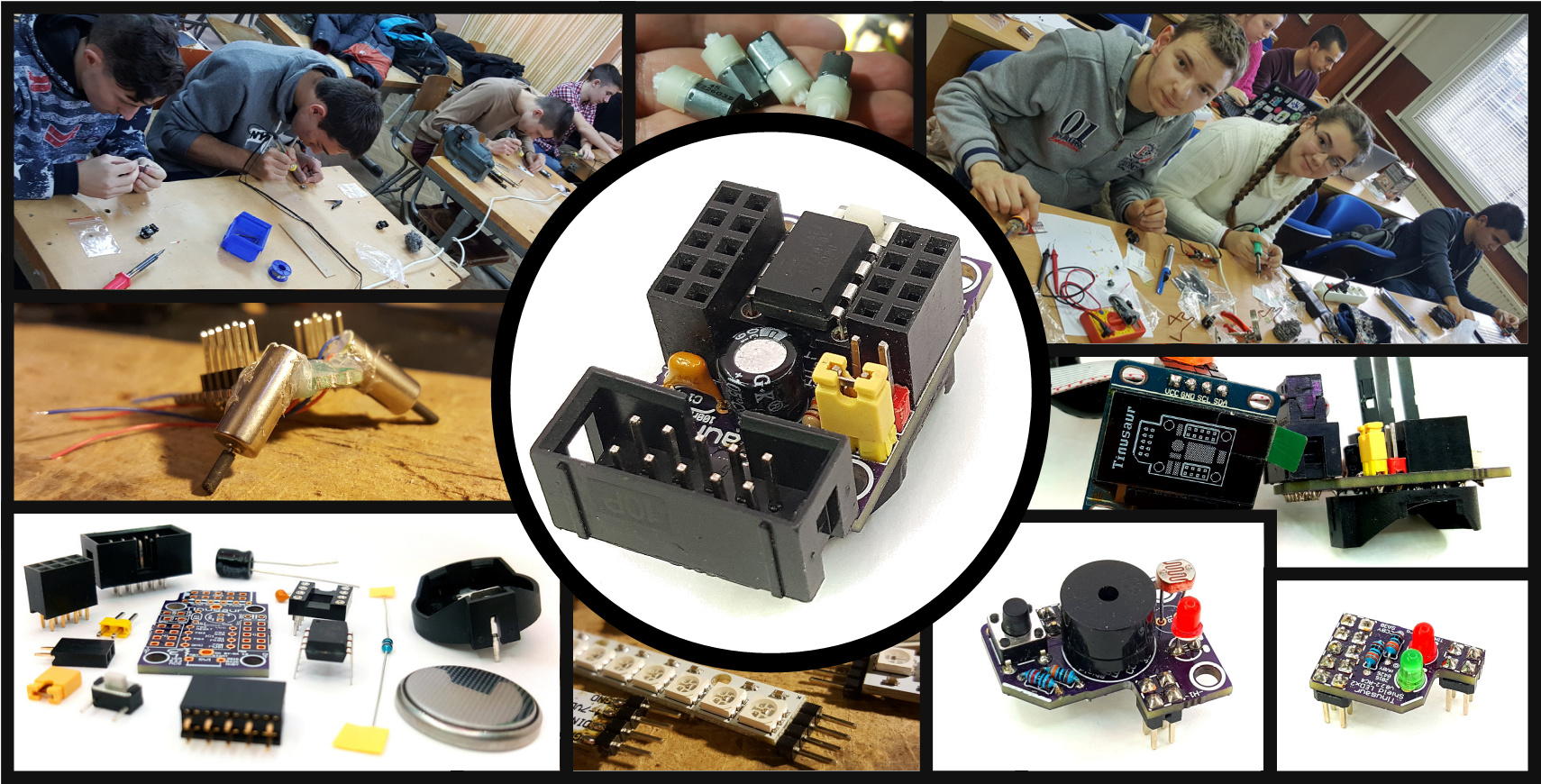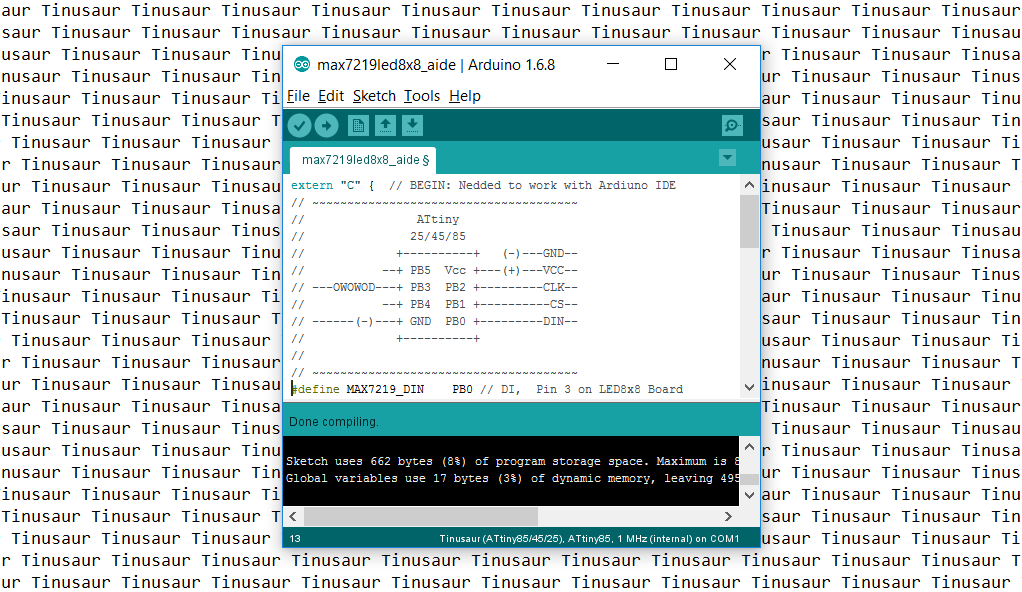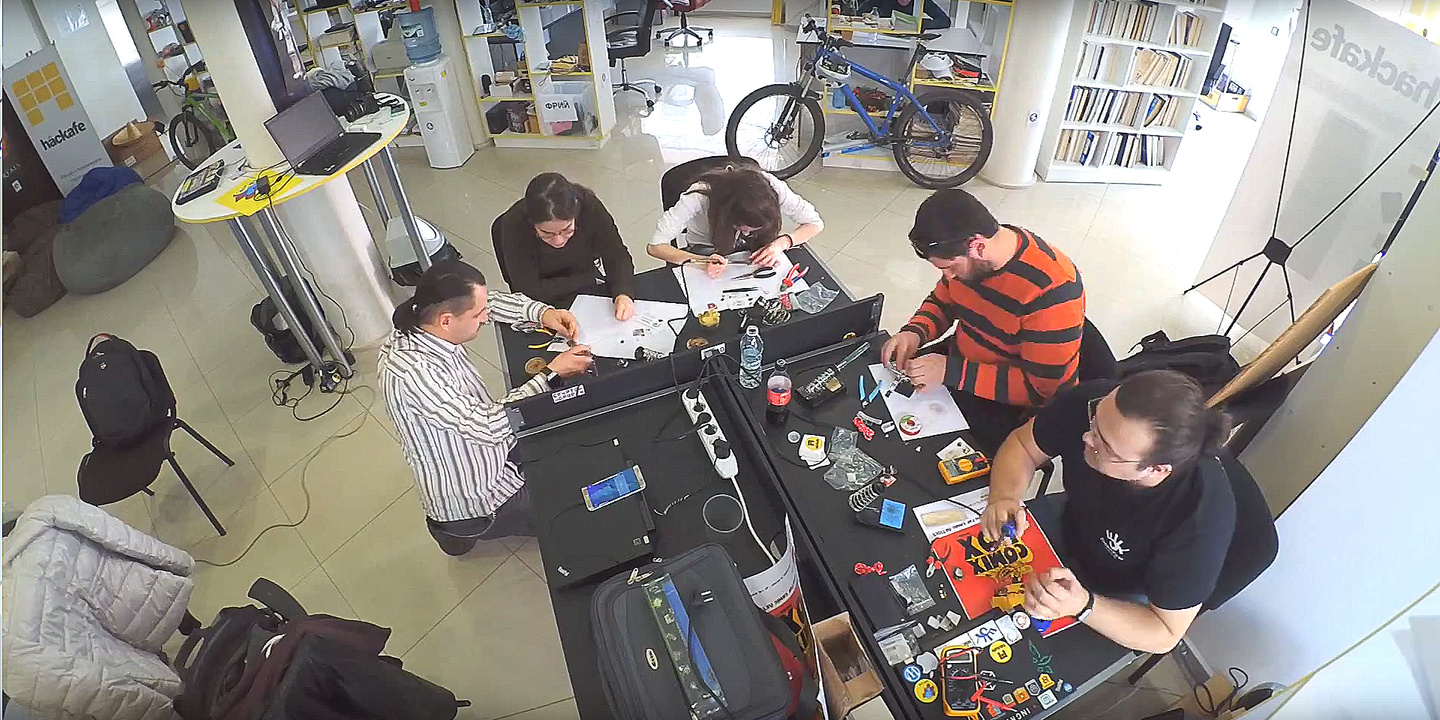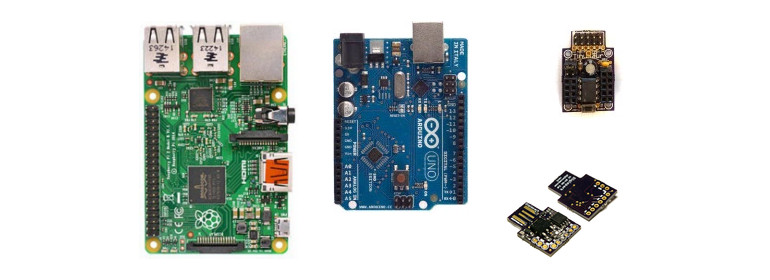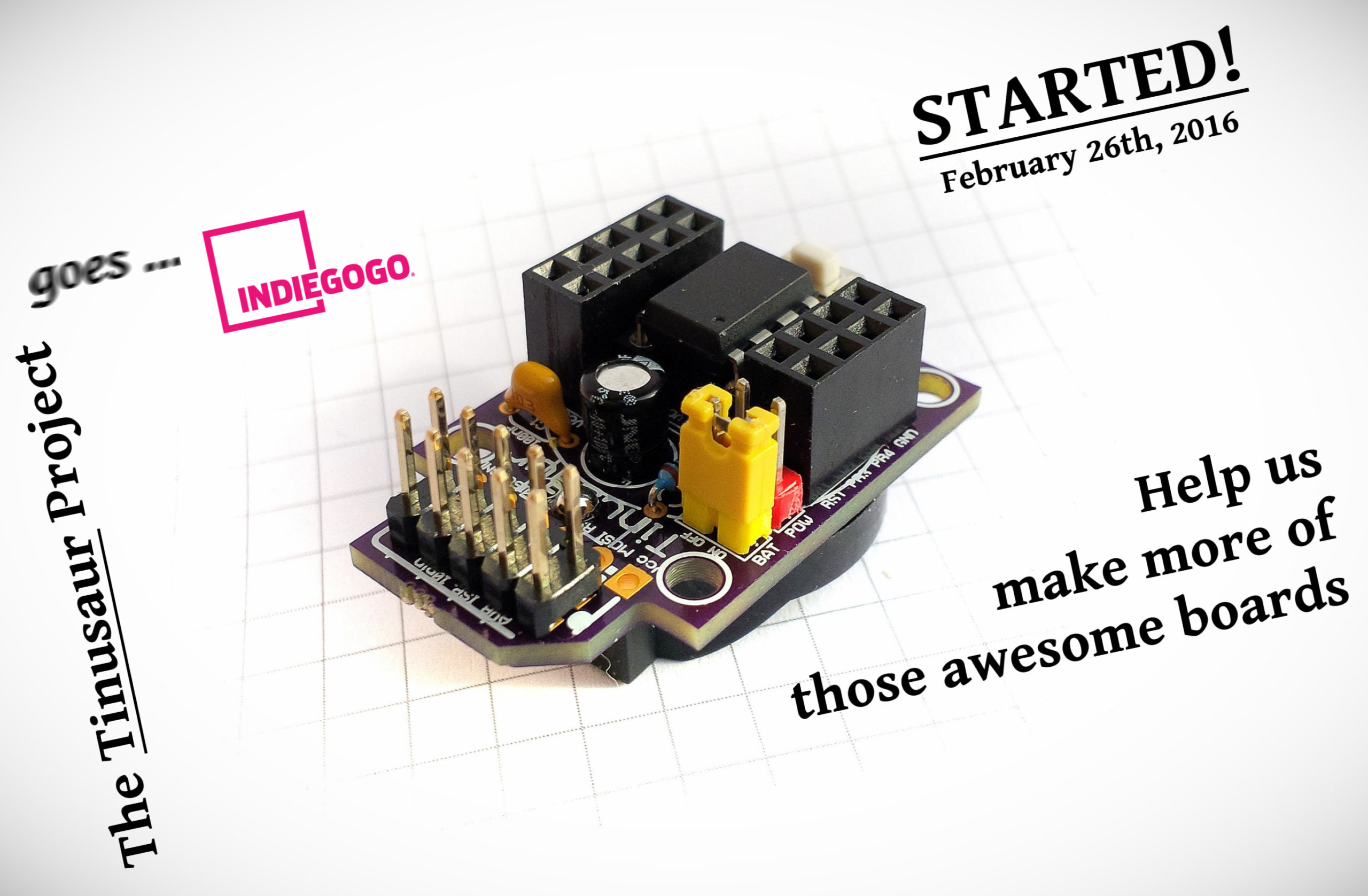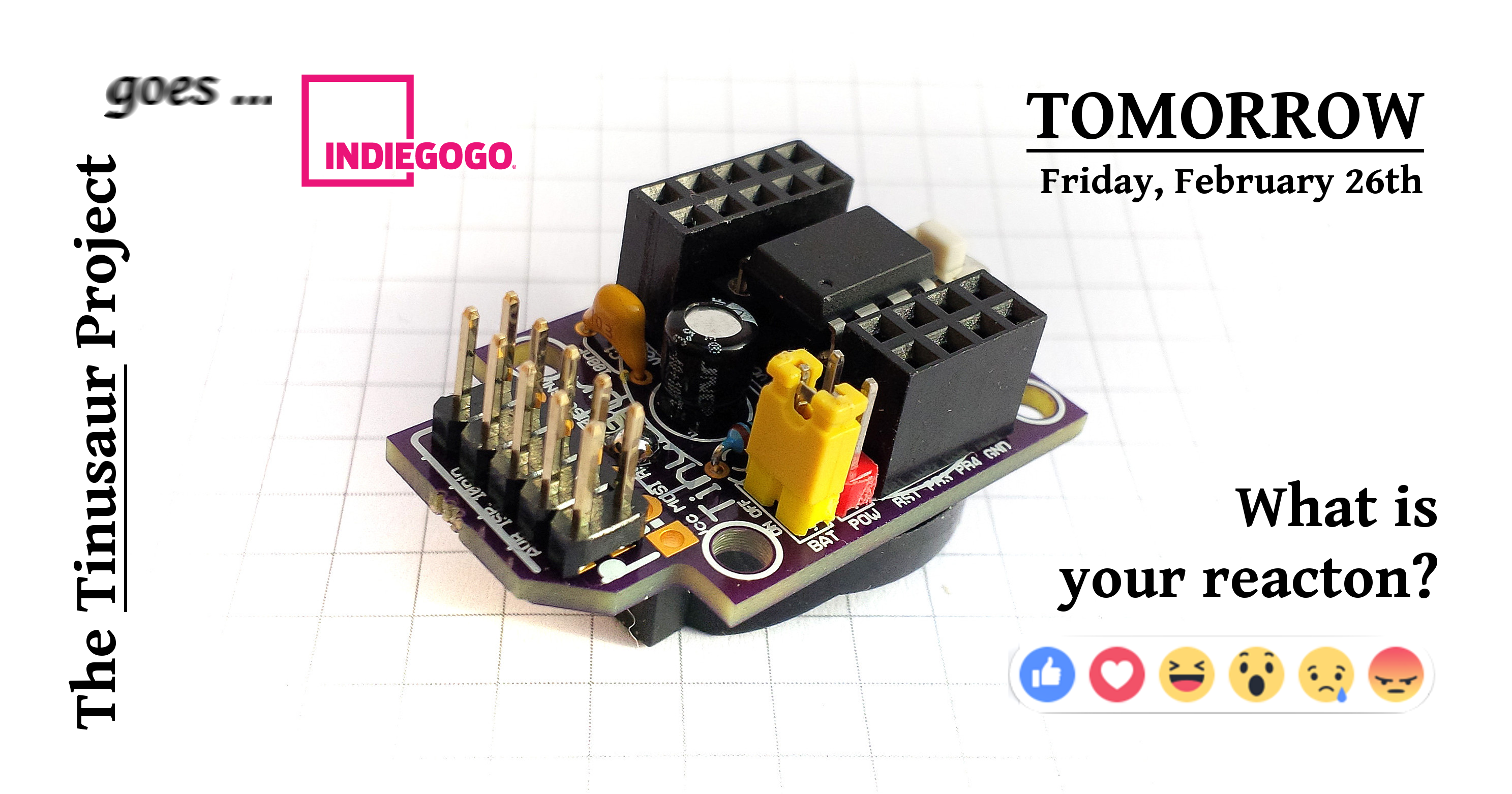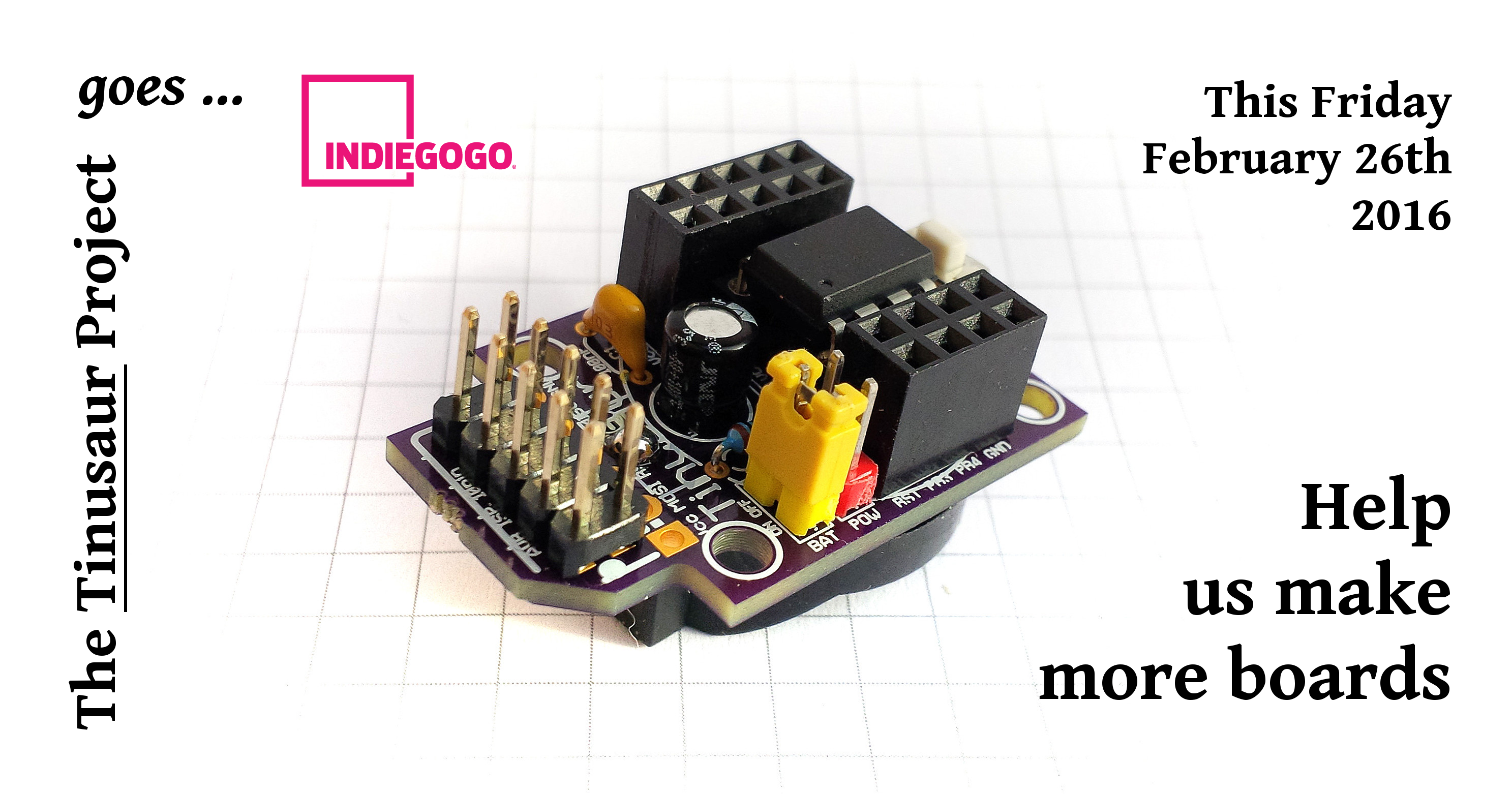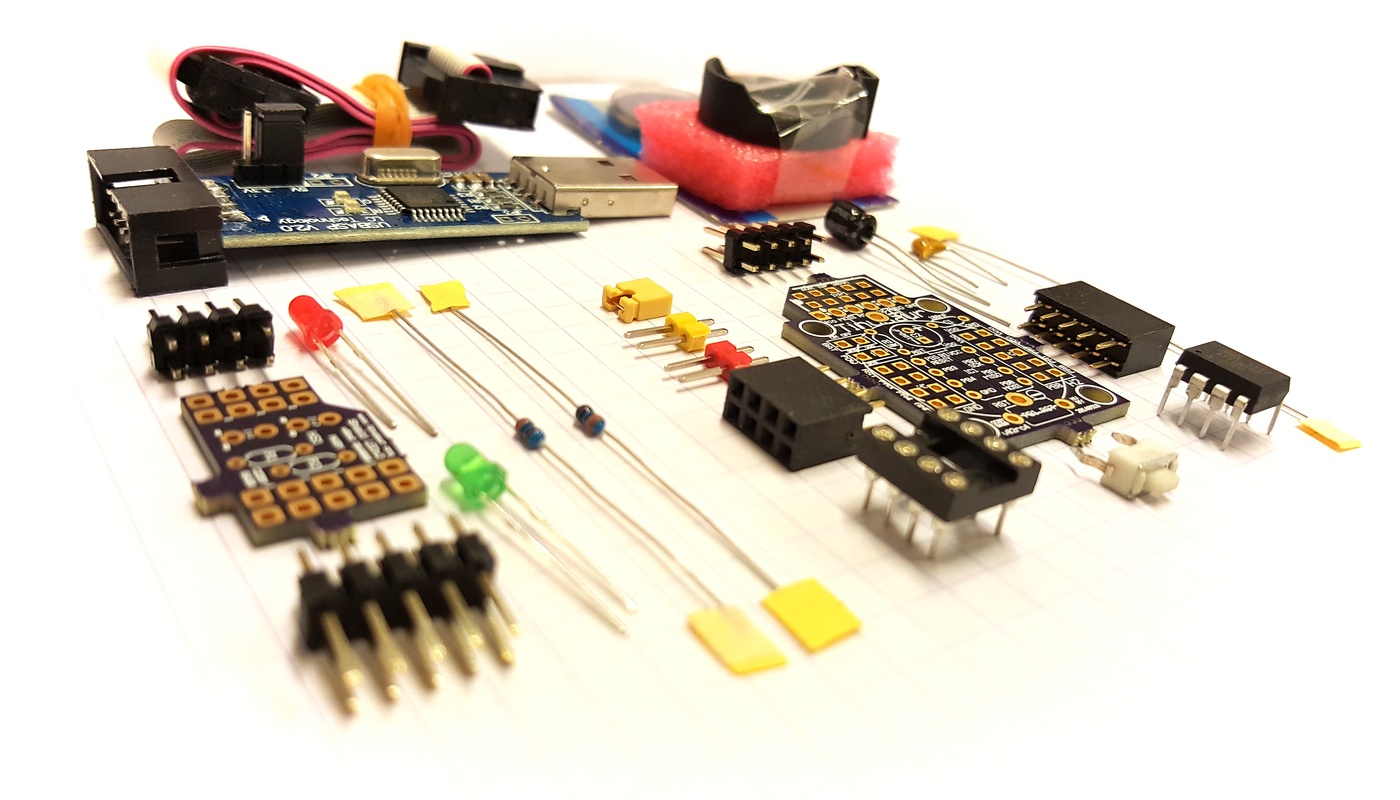Where is the Tinusaur project used?
The Tinusaur Project is used in schools, universities, and clubs around the world. In Formal Education The Tinusaur Project is already getting traction in the field of the Formal learning. In 2016 it was considered and later officially selected as the platform for the “Microcontrollers and embedded devices” class in St. Cyril and St. Methodius University of Veliko Tarnovo, … Read more


